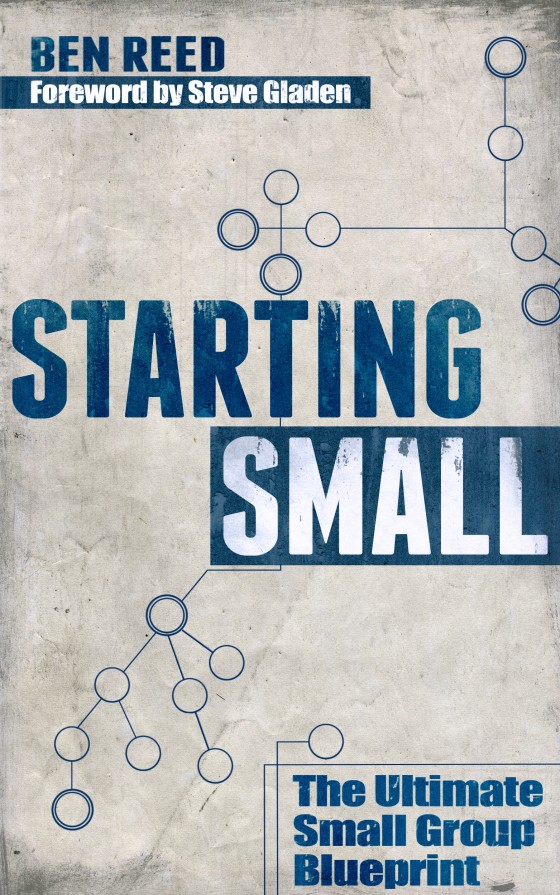I attended the ReGroup conference at North Point this year. I decided to post some of the notes. To see all of them, click HERE.
Introduction
How do we know if our ministries are working? Is it stories or is it statistics? Yes. Stories and statistics are not mutually exclusive. The measurements that we track help us tell the story of our ministry…about what has happened, what is happening, or what will happen. They help us know if we are “winning.” Measurements matter, so we measure what matters.
I. Where stories and statistics intersect
A. “Story” people and “statistics” people
- Stories engage the heart
- Statistics engage the head.
- Organism without organization is chaos
- Organization without organism is lifeless
II. Involve the right people
A. Establishing measurements must be a collaborative effort.
B. Establishing measurements requires diverse perspectives.
- Ministry involvement offers the perspective of ownership.
- Manager involvement offers the perspective of oversight.
III. Leverage best practices
A. Tie to the strategic
- Vision (life is better connected, which is why they measure “connection”), mission (to lead people into a growing relationship with Christ, which is why they send out a survey 2x/year to people in groups), and strategy (to create environments where people can grow, which is why they track the number of groups and the number of people in groups) must drive all measurements
- For each area of the organization, measurements must be developed around a clear win and critical factors of success. They measure 4 things: group participation, leader apprentice (for future growth), leader retention, and leader training
- If you can’t or won’t change something, then don’t ask for feedback
- When relevant, use rations 100% of the time. This makes it easy to compare over time.
- Track over time to establish targets. You have got to have trends.
- Don’t marry your metrics.
IV. Follow up the right way
- Open conversations. We believe the best, and don’t assume the worst.
- Start explorations
- Plan ahead…use numbers to look forward
- Benchmark standards
- Celebrate success. Don’t just focus on gaps.
Conclusion
The church is people and every one of them has a story. Our measurements must always be complemented with the stories of the people they represent. But stories, like numbers, can be manipulated. Therefore, it is not one or the other. We must walk the path between the ditches of the lifeless, organization-only mentality and the chaotic, organism-only approach. This is wise and skillful leadership; this is where sustainable growth is found. What you manage shows what you value.


